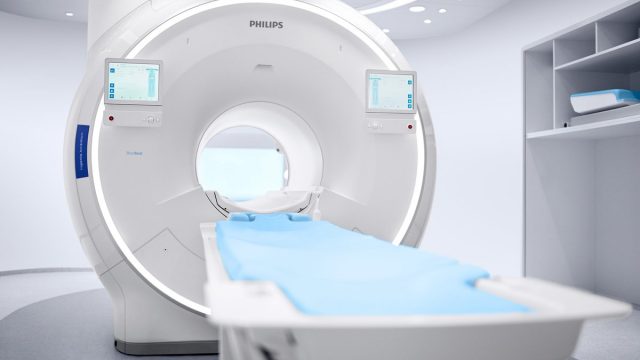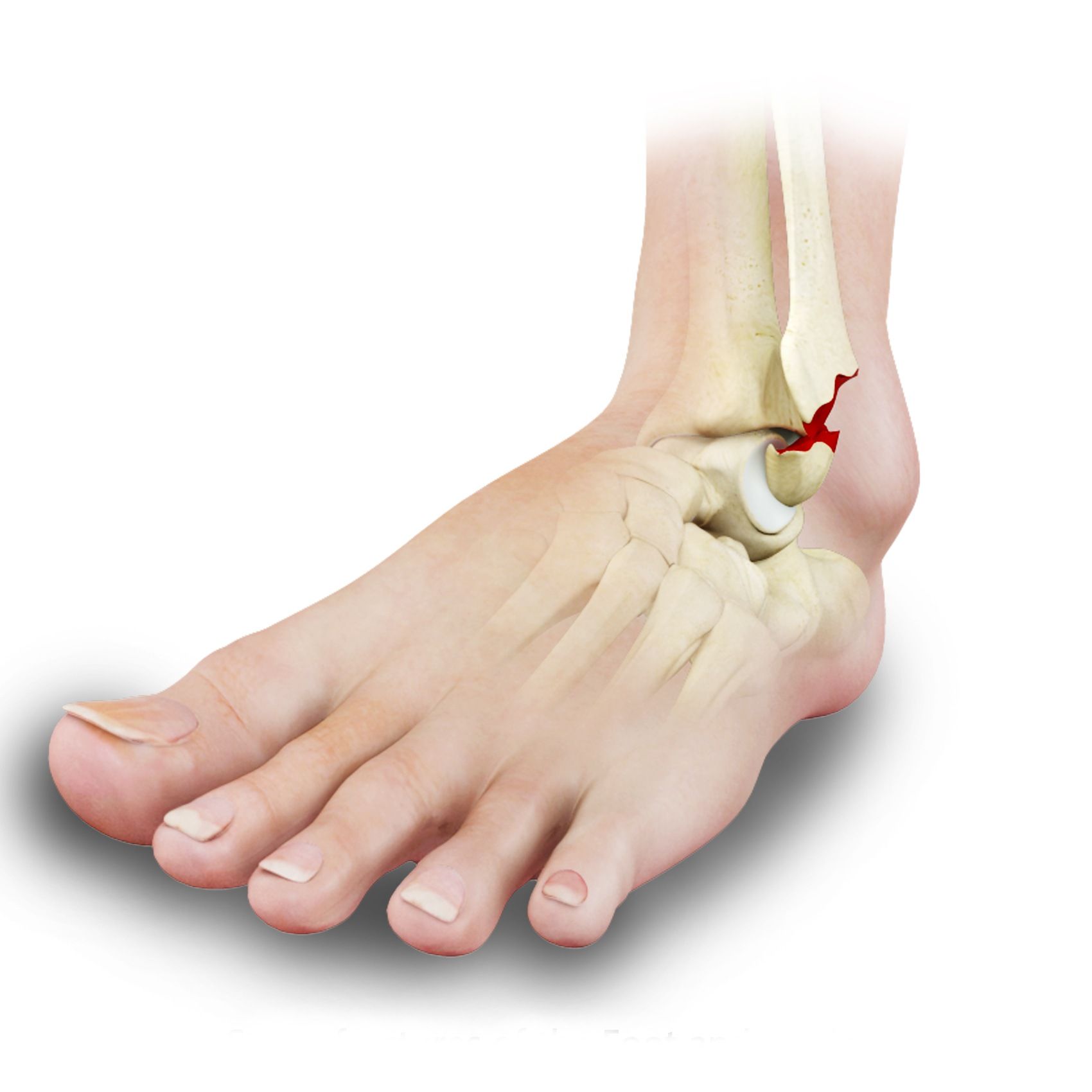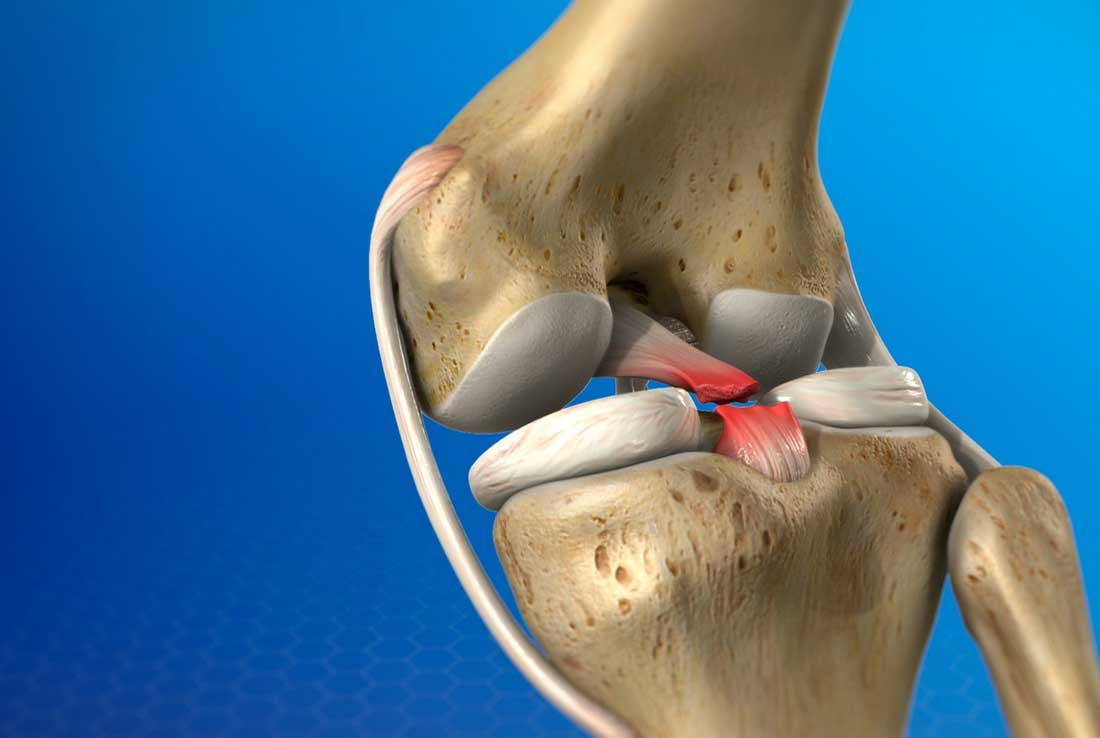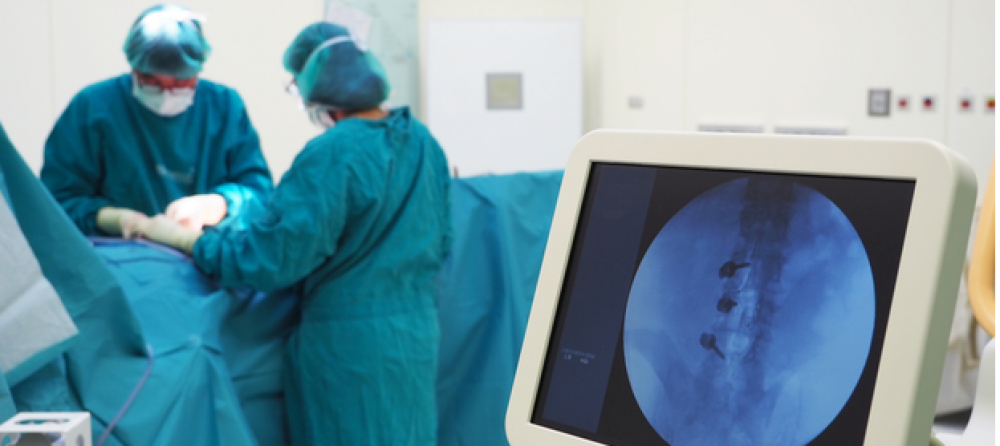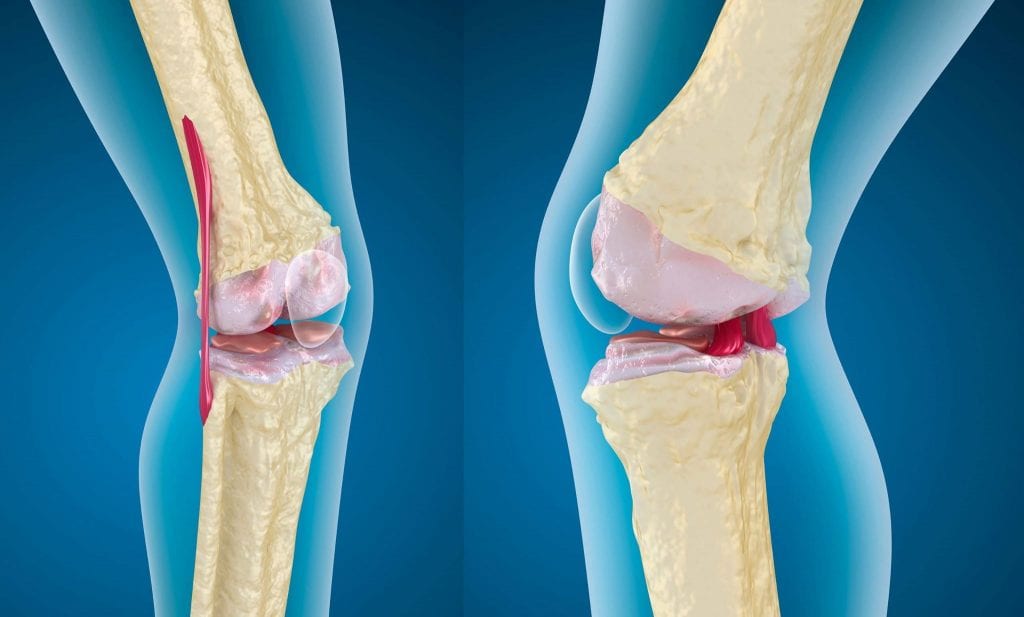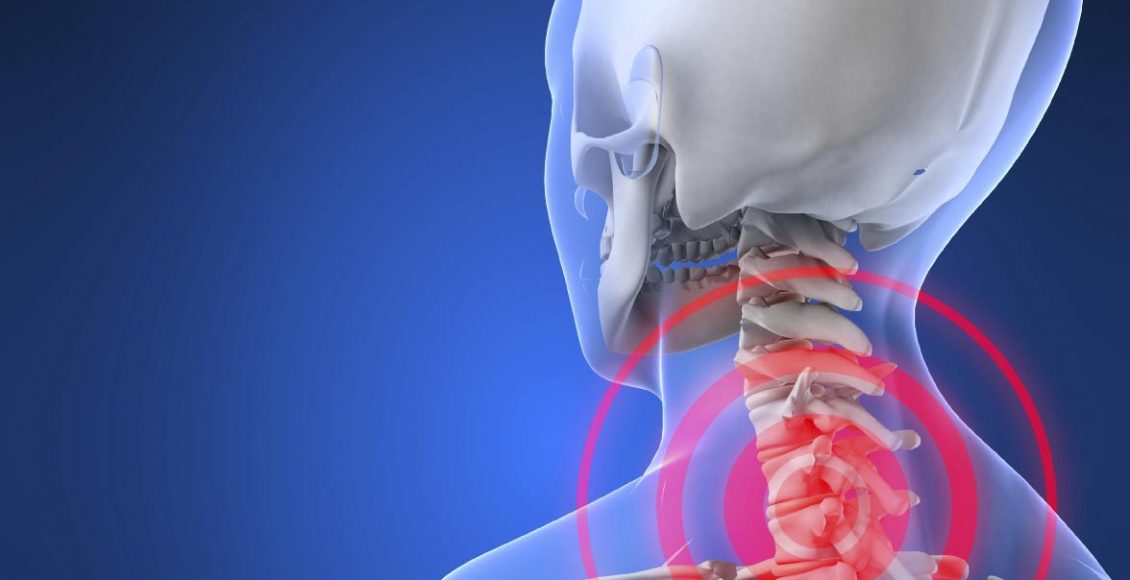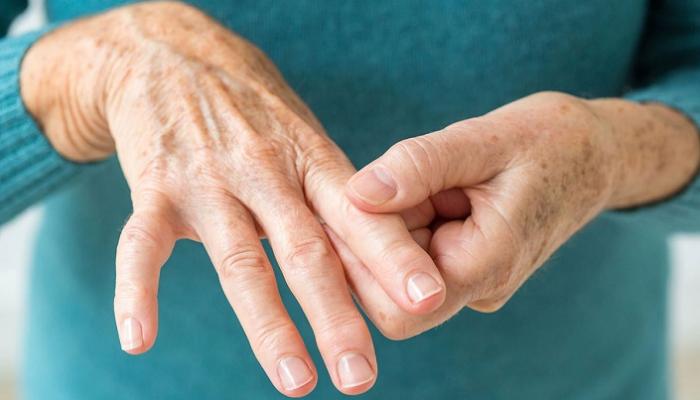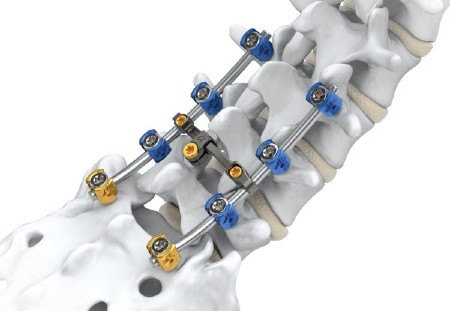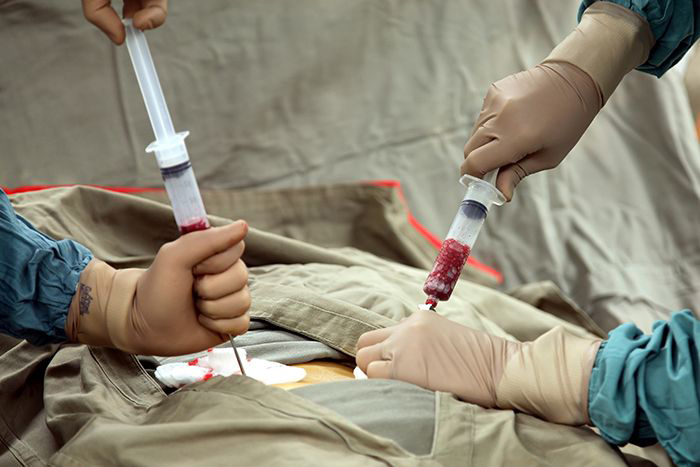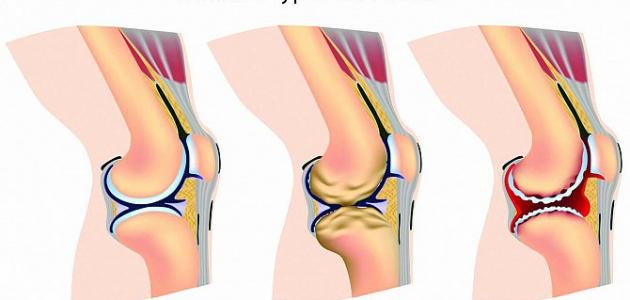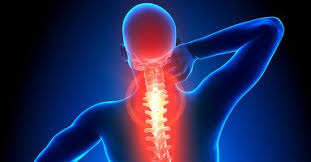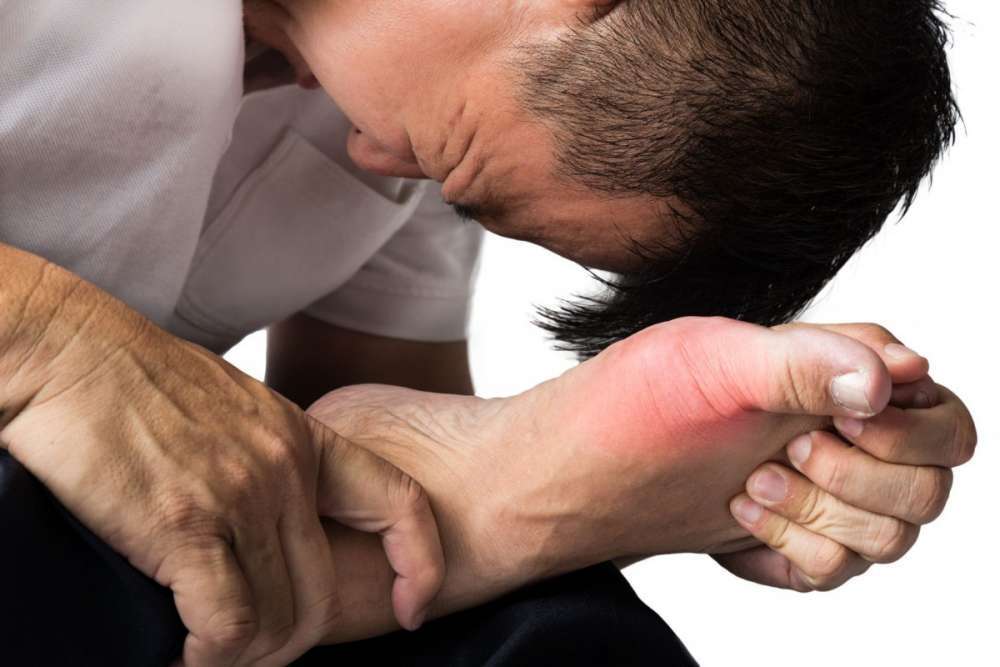Learn How to Solve Post-Exercise Muscle Pain and When It Goes Away?
Solving Post-Exercise Muscle Pain
Many people experience muscle pain after engaging in physical exercise. This can be quite painful and bothersome, so they need to know how to overcome and prevent this issue.
In this article, we will provide you with some tips and tricks to get rid of post-exercise muscle pain and avoid it in the future.
- Take a pain reliever: You can take over-the-counter pain relievers in the days following exercise to alleviate pain and discomfort. Follow the instructions on the package and do not exceed the recommended dose.
- Engage in light exercises: Regularly engaging in light exercises can help strengthen your muscles and avoid post-exercise pain. Choose simple exercises like walking, biking, or yoga and continue them regularly.
- Apply ice packs: You can apply ice packs to the sore muscles for 15-20 minutes after exercise. This helps reduce swelling, irritation, and pain.
- Massage: Gentle muscle massage can help improve blood circulation, relieve tension, and reduce spasms. You can use olive oil or lavender oil to gently massage your body in circular motions.
- Relaxation and stretching: Taking time to relax and stretch after exercise is recommended. A short session of relaxation and deep breathing can help calm tense muscles and reduce pain.
- Stay hydrated: Make sure to drink an adequate amount of water during and after exercise. This helps prevent dehydration and reduces muscle pain.
- Balanced nutrition: Ensure you have a healthy and balanced meal after exercise. The meal should include protein for muscle recovery and carbohydrates for energy replenishment.
- Adequate rest: The body needs rest and recovery after strenuous workouts. Try to get 7-8 hours of sleep every night to avoid muscle pain.
- Gradual progression: Gradually increase the intensity of your workouts and do not start with intense exercises right away. Gradual progression in exercises helps strengthen muscles and prevent injury.
- Consult a specialist: If you frequently experience muscle pain after exercise, it is advisable to consult a physical therapist or a doctor to evaluate your condition and provide appropriate treatment.
Remember that post-exercise muscle pain is usually temporary and will gradually fade away. Exercise regularly and follow the mentioned tips to avoid muscle pain in the future. Enjoy your physical activity, and remember that improvement will come with time and perseverance.
How to Get Rid of Muscle Pain After Exercise?
Engaging in sports is a great way to maintain health and physical fitness, but it often comes with muscle pain after strenuous physical exertion. Many people suffer from this pain, but there are several ways to alleviate it and reduce the sensation of pain. In this article, we will discuss eight effective ways to relieve muscle pain after exercising:
Massage: Massage is one of the effective ways to alleviate muscle pain. Massage improves blood circulation in tense and tired muscles, which helps relieve pain and accelerate the muscle recovery process. You can use cooling massage oils to achieve a cooling effect that helps reduce swelling and inflammation.
Ice Application: Applying ice to painful muscle areas after exercise is an effective way to reduce pain. Ice helps reduce inflammation and decrease nerve sensitivity, which helps soothe the muscles and alleviate pain. Apply ice to the affected area for 15-20 minutes.
Heat Therapy: In addition to ice application, you can also use heat to relieve muscle pain. Place a heating pad or warm compress on the painful area for 15-20 minutes. Heat increases blood flow to the affected area and helps speed up tissue healing and pain relief.
Rest and Relaxation: It is crucial to give your muscles sufficient time to rest and recover after exercise. Rest throughout the day following intense exercise and avoid strenuous physical exertion. Muscles need time to heal and recover, and if you don’t provide them with enough rest, you may increase the risk of injury.
Stretching Exercises: Before and after exercise, perform stretching exercises for your muscles. Stretching exercises help alleviate muscle tension and improve muscle flexibility, reducing the likelihood of developing muscle pain after exercise.
Topical Treatments: You can use topical analgesics containing menthol to relieve muscle pain after exercise. These analgesics work to alleviate stiffness and inflammation in muscles, providing you with quick relief from post-exercise pain.
Healthy Eating: Consuming foods that contribute to relieving muscle pain after exercise is also essential. Your diet should contain an adequate amount of protein to recover and rebuild damaged muscles. Additionally, it should include a good source of carbohydrates to eliminate toxins and increase energy levels.
Stay Hydrated: Water plays a crucial role in alleviating muscle pain and speeding up the body’s recovery. Ensure you drink an adequate amount of water throughout the day to maintain muscle hydration and promote tissue healing.
By adhering to these effective and tested methods, you can effectively get rid of muscle pain after exercise and improve your ability to enjoy sports without any discomfort. Be sure to consult a doctor if the pain persists or worsens to rule out any more serious health issues.
When Does Muscle Pain After Exercise Go Away?
Muscle pain after exercise is a common condition that affects many people and can impact their ability to perform daily activities efficiently. In reality, post-exercise muscle pain is a result of intense workouts and the natural adaptations of your body. As for the duration it takes for this pain to fade away, it depends on various factors such as the intensity of the exercise, the duration of rest, and individual body type. In this list, we will highlight some things you should know about when muscle pain after exercise typically subsides.
- Intensive Exercise Is a Major Cause of Muscle Pain: The intensity of muscle pain after exercise depends on the nature of the exercise you’ve engaged in. If you’ve done strenuous and intense exercises, it’s likely that the muscle pain will be more severe and long-lasting. This reflects the high-intensity exercises that can cause minor muscle fiber tears, leading to inflammation, swelling, and pain.
- Variable Duration for Muscle Pain to Subside: Usually, muscle pain after exercise gradually fades away over a period ranging from 24 to 72 hours. While some individuals may feel significant improvement within just one day, others may experience pain for several days. This variation in recovery duration is due to different factors among individuals, such as body type, fitness level, nutrition, and the level of impact during exercise.
- Rest and Massage Can Accelerate Recovery: Rest and massage are important and effective ways to recover from muscle pain. After exercising, give your body ample time to rest and recover. Some days of complete rest may be necessary, as the body can repair and rebuild muscle fibers. Additionally, massage can help improve blood circulation, reduce muscle inflammation, and speed up recovery from muscle pain.
- A Healthy Diet Plays a Crucial Role: Several nutrients can help alleviate muscle pain and enhance the recovery process. These include protein, which assists in muscle repair and regeneration, omega-3 fatty acids that reduce inflammation, and essential vitamins and minerals for muscle health. Therefore, consume a nutrient-rich diet to promote muscle recovery.
- Use of Heat and Cold Therapies: You may find heat and cold therapies effective in relieving muscle pain. Simple items like hot packs or warm baths can soothe muscles and alleviate tension. Additionally, cold packs can be used to reduce swelling and inflammation in muscles.
Post-exercise muscle pain is considered a natural and temporary occurrence. Pain can be alleviated, and recovery can be accelerated by following appropriate rest techniques, maintaining a healthy diet, and using suitable treatments. If the pain persists for more than a few days or becomes severe, it’s advisable to consult a healthcare professional for an accurate assessment and further guidance.
What Can Be Done for Muscle Pain?
If you’re experiencing muscle pain, you may be interested in knowing the available treatments to alleviate this discomfort. Here, we’ll discuss some treatments and measures that can help relieve muscle pain:
- Take Non-Steroidal Anti-Inflammatory Drugs (NSAIDs): These medications include drugs like ibuprofen and naproxen, and they work to reduce swelling and irritation in inflamed muscles.
- Apply Ice or Heat: Ice packs or hot water bags can be used to alleviate muscle pain. It’s advisable to apply ice in the first days of the injury to reduce swelling and pain, while heat can be used in subsequent days to ease tension and improve blood circulation.
- Muscle Massage: Massage can improve blood circulation and relieve tension in tight muscles. Special massage oils can be used, or you can consult a massage therapist.
- Rest and Relaxation: Essential in treating muscle pain is giving your body a chance to rest and recover. Reduce physical activity and provide the body with sufficient time to heal.
- Regular Exercise: Despite the importance of rest for recovery, light physical exercise can help enhance blood circulation and strengthen muscles.
- Consult a Doctor: If muscle pain persists for an extended period or is very severe, you may need to consult a doctor. The doctor can evaluate the condition and prescribe appropriate treatment, such as specialized anti-inflammatory medications or physical therapy.
Remember that these guidelines do not replace consulting a healthcare professional, and in the case of any unusual symptoms, it’s important to seek medical attention promptly. It’s also always recommended to engage in regular physical exercise and maintain a healthy diet to keep your muscles in good health.
Please note that an accurate diagnosis and effective treatment may require consultation with a specialized healthcare professional. This article is provided as general reference and is not a substitute for professional medical care.
What to Do After Your First Day at the Gym?
After completing your first day at the gym and finishing your intense workouts, you may wonder about the next steps to maintain your fitness routine. Here are some tips and guidance to help you stay on the right track:
- Rest and Refuel: After strenuous exercises, your body needs time to rest and recover. Take a day off after your first workout to allow your muscles to warm up and give them enough time to recover. On this day, you can focus on eating healthy and balanced meals that provide your body with the necessary nutrients for recovery.
- Plan Your Future Workouts: Scheduling your upcoming exercise sessions will help you stick to the fitness program you’ve set for yourself. It’s also important to designate rest days during your regular exercise routine. You can use a workout schedule as your phone wallpaper, print a copy, or even share it online with friends and followers to inspire them to maintain their fitness as well.
Joining a Gym: For added motivation and commitment, consider joining a local gym. Attending group classes or joining similar exercise groups can have a positive impact on your motivation and willingness to continue with your fitness program. You can also share your workout schedule with your gym buddies to encourage them and exchange experiences.
Get Suitable Exercise Gear: Before embarking on your fitness journey, it’s essential to acquire proper and comfortable workout gear. You’ll need suitable athletic shoes for running exercises, comfortable and quality clothing to facilitate your movements and prevent body injuries. If you plan to exercise in the gym, you may also need a sports bra and gloves for protection.
Commit to the Fitness Program: Staying committed to a fitness program and sticking to it can be challenging for everyone, not just beginners. You may experience laziness or exercise burnout after your first day at the gym and find it difficult to return to daily workouts. However, it’s important to remember that consistency is the key to making significant improvements in your physical fitness. Even regular exercisers may sometimes face pressures and stress. If you feel this way, try to regain focus and motivation and remember your fitness goals and reasons for exercising.
After your first day at the gym, you should be proud of yourself for continuing with this healthy approach. Remember that fitness is a journey and an ongoing process, and you must maintain your commitment and strive to achieve your fitness goals. Enjoy the challenge and don’t forget to savor every moment of your journey to improving your health and fitness.
How to Quickly Heal Muscles?
There are many reasons that can cause muscle pain, whether after intense workouts or strenuous physical activity. While it’s difficult to completely avoid muscle pain, it is possible to reduce it and accelerate the muscle recovery process by improving our dietary habits. So, here are four dietary strategies you can follow to reduce muscle pain and speed up the recovery process.
- Consume 20 grams of protein after exercise: Ideal nutrition plays a crucial role in replenishing glycogen stores, facilitating muscle damage repair, and accelerating the recovery process. Consuming an adequate amount of protein after exercise is of paramount importance. Protein is the essential component for tissue repair and muscle building. It is recommended to consume at least 20 grams of good quality protein after exercise. Suitable options may include eggs, chicken, fish, red meat, as well as plant-based protein sources such as beans and legumes.
- Consume Fiber-Rich Foods: Dietary fiber plays a crucial role in promoting digestion and proper nutrient absorption. Additionally, fiber helps reduce tissue inflammation and improves colon health. It is advisable to include sources of fiber in your diet, such as leafy green vegetables, fruits, whole grains, and nuts.
- Increase Antioxidant Intake: Antioxidants work to combat harmful oxidation resulting from strenuous exercises and physical stress. These antioxidants protect cells from damage and speed up the muscle recovery process. Rich sources of these antioxidants can be increased by consuming fresh fruits and vegetables, especially those with dark colors like beets, berries, and black grapes.
- Stay Hydrated: Water plays a fundamental role in enhancing muscle performance and replenishing lost fluids during exercise. Dehydration can lead to muscle cramps and have a negative impact on the recovery process. Therefore, it’s essential to drink an adequate amount of water throughout the day, especially before and after exercise.
In summary, proper dietary strategies can significantly impact the muscle recovery process. Make sure to consume protein after exercise, include fiber and antioxidants in your diet, and stay adequately hydrated. By following these steps, you can reduce muscle pain and accelerate the recovery process, allowing you to return to your workouts quickly and easily.
What Are Recovery Exercises?
Recovery exercises are an essential part of comprehensive therapy to maintain body health and fitness. They encompass a variety of exercises designed to expedite physical recovery after an injury or intense workouts. The primary goal of recovery exercises is to strengthen injured muscles and tissues, improve flexibility, and enhance endurance.
Here are some common recovery exercises that can be incorporated into a comprehensive therapy program:
- Breathing Exercises: Breathing exercises are an essential component of recovery exercises. These exercises help improve lung strength and better oxygenate the body. Breathing exercises may include deep breathing, breath-holding, and focused breathing techniques.
- Muscle Relaxation Exercises: Muscle relaxation exercises are a crucial part of the recovery program. These exercises aim to reduce tension and stress in overworked muscles. Muscle relaxation exercises may include progressive muscle relaxation, guided imagery, and stretching exercises.
Flexibility Exercises: Flexibility exercises are a crucial part of a physical recovery routine. These exercises help improve the flexibility of muscles, ligaments, and joints. Flexibility exercises may include muscle stretching, knee wrapping, balance exercises, and sudden movement exercises.
Strength Exercises: Strength exercises help strengthen muscles and improve endurance. These exercises may include weightlifting, resistance iron exercises, and full-body workouts.
Balance Exercises: Balance exercises aim to enhance overall balance and stability. These exercises include single-leg standing, floor movement, and balanced knee exercises.
Physical Strength Exercises: Physical strength exercises help improve the overall strength and stamina of the body. These exercises include weight lifting, pressing, and pulling exercises.
Experts recommend consulting a doctor or a sports specialist before starting any recovery exercise program to determine suitable exercises and ensure the safety of the patient or injured individual. Certified trainers can also play a significant role in implementing recovery training programs.
In conclusion, maintaining a healthy lifestyle and practicing recovery exercises is essential to improving body health and fitness and ensuring rapid recovery after an injury. Develop a comprehensive exercise plan and enjoy the physical and mental benefits of recovery exercises.
What Is Warm-Up Before Exercise?
Warm-up is an essential part of any workout session or physical activity. It is a process performed before the actual exercise starts, aiming to raise body temperature, improve performance, and prevent injuries. Warm-up is crucial for maintaining body safety and increasing exercise effectiveness.
Benefits of Warm-Up Before Exercise:
- Enhancing Motor Performance: Physical exercises and sports require precise movements that engage all muscles in the body. Through proper warm-up, muscles are activated and prepared for the required motor performance, allowing athletes to achieve strong and efficient performance.
- Increasing Body Temperature: During warm-up, blood flow to the muscles increases, generating heat. This leads to a rise in body temperature, a beneficial condition for good physical performance. If the body’s temperature is low before exercise, warm-up helps elevate it, speeding up metabolic and internal digestive processes.
Improving Coordination and Motor Skills: When the body undergoes warm-up, it experiences an improvement in muscle, joint, and nervous system movement. The coordination between motor elements in the body becomes easier and more efficient, enhancing coordination and control of various movements.
Avoiding Some Injuries: Warm-up increases muscle flexibility and the strength of tendons and joints. This reduces the risk of sports-related injuries, such as muscle tears or joint sprains. When muscles are flexible and warmed up, they are less prone to tearing or straining.
Enhancing Metabolism and Increasing Its Speed: During warm-up, blood flow in the body increases. This leads to improved metabolic processes and an increase in their speed. The body receives more oxygen and essential nutrients, which provide muscles with energy and enhance their performance.
How Is the Warm-Up Process Done?
There are various techniques and exercises that can be used in the warm-up process before exercising. However, the following general steps can be followed:
- Start with Light Exercises: This step may include slow and sequential body movements, such as brisk walking or stationary cycling. The goal is to gradually activate the body and prepare it for more strenuous exercises.
- Stretching and Joint Rolling Exercises: Simple exercises to stretch muscles and roll joints are recommended before starting the workout. These movements may include stretching the arms, legs, back, and neck.
- Dynamic Warm-Up Exercises: The main goal of these exercises is to dynamically and sequentially move muscles and joints. Dynamic warm-up exercises may include light jumping, jogging in place, and moving the upper and lower limbs.
- Gradually Increase Exercise Intensity: It is advisable to gradually increase the exercise intensity during the warm-up process. The challenge and intensity should be increased gradually to prepare the body for actual athletic performance.
Warm-up before exercise is considered necessary to maximize the benefits of physical activity and avoid sports injuries. The warm-up process maintains body safety, enhances motor control and coordination, and improves overall performance. Therefore, the importance and necessity of warming up before any sports activity should not be overlooked.


